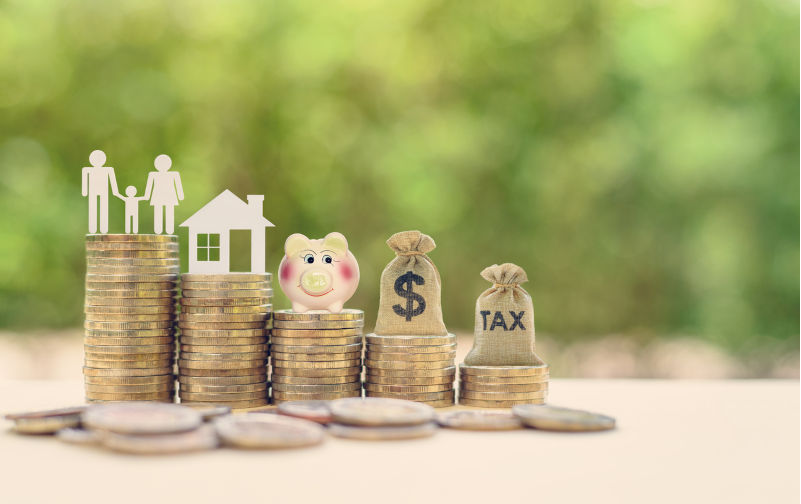A fairer tax and welfare system for Australia 2025 with no-one left behind? Only if we act now
August 4, 2025
Prime Minister Anthony Albanese’s re-election speech brought a promise many of us hold close to our hearts: “together we are turning the corner, and together we will make our way forward with no-one held back and no-one left behind.”
But from where I stand, working alongside thousands of the (Vincent de Paul’s) Society’s members, volunteers and employees supporting everyday Australians in need, I can say with certainty that we have not turned that corner yet.
Every week, more Australians are reaching out to us – not only those on income support but also working people, middle-income families and others who have not sought our help before. These are not just statistics; they are neighbours, friends, colleagues and families facing financial stresses unimaginable just a few years ago.
Consider this: A little more than three million Australians, including one in six children, live in poverty (after accounting for housing costs). For those under 50, single parents, renters and working age welfare recipients, the risks and financial hardship tend to be much higher. These figures reveal a deepening challenge, not just at the fringes but at the heart of our communities.
Ahead of the Treasurer’s Economic Reform Roundtable in Canberra from 19-21 August, the St Vincent de Paul Society, in collaboration with the Australian National University’s Centre for Social Policy Research, has released four budget-neutral policy options that could lift as many as one million adults and children out of poverty, all while boosting the super balances of 90% of Australians.
How is this possible? By reducing superannuation tax concessions that will see only the top 10% wealthiest accounts slightly worse off or lowering welfare thresholds for high-income/high-wealth households. We are asking only those who can most readily afford to receive lower benefits to help the vast majority of their fellow Australians, including those living below the poverty line.
The four options range from modest JobSeeker reform, lifting 95,000 people from poverty, and two broader reforms to income support, lifting 584,000 above the poverty line, to a Guaranteed Minimum Income set at the poverty line, reaching 1.03 million Australians, including low-income workers.
All up, these policy suggestions represent between 3% and 6% of the current welfare budget, or less than 1.5% of all federal spending. And every dollar is funded by more equitable, sustainable adjustments to the top 10% of Australian households, not increased burdens on the remaining 90%, who would end up better off.
The four options show that it is economically feasible to lift more Australians out of poverty while improving the lot of lower- and middle-income households across the country.
Further, when it comes to the GST, the evidence is clear. While our overall tax system has progressive elements, indirect taxes like the GST hit low-income households much harder. The poorest spend more than double the proportion of their income on GST compared to the wealthiest. Any move to broaden or increase the GST would only deepen the widening gap between rich and poor. That’s not the Australia we aspire to. That’s not the corner we want to turn.
We must reject proposals that increase such inequity and instead act on policies that keep the prime minister’s re-election promise of “looking after each other, while building for the future”.
Implementing the A Fairer Tax and Welfare System 2025 blueprint does more than ease hardship; it strengthens the foundations of fairness, equality, and respect that define Australia at its best. These options are budget-neutral, progressive, and achievable. They are good for everyday Australians, good for the economy and will boost productivity.
The time to act is now. Our government must seize this opportunity to truly turn the corner, building a fairer Australia where we look after one another and no-one is left behind.
The views expressed in this article may or may not reflect those of Pearls and Irritations.
